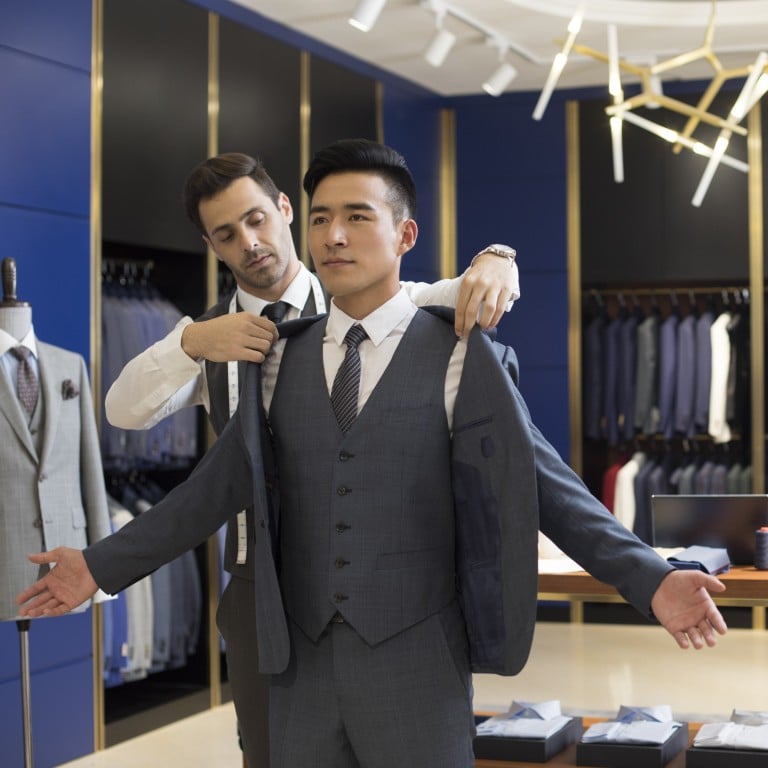Why quiet luxury is on the rise in China: Barbie might have sparked the loud luxury fashion trend, but the nation’s richest are all about the Succession-esque old-money style

- Hit HBO TV show Succession and celebrities like Gwyneth Paltrow put stealth wealth in the spotlight in the West, then came the inevitable loud luxury response – but not in China
- Chinese shoppers covet a subtle, ‘laoqianfeng’ aesthetic – think classic Louis Vuitton or Dior without the flashy logos – over the more in-your-face ‘xinqianfeng’, new-money look
First, people respect the silken clothes. Then, they respect the man.
For generations, that’s been a popular saying in China: 先敬罗衣后敬人. It translates to a simple lesson for everyone who wants to be wealthy – or at least look the part.

The rules are simple. No head-to-toe Gucci. No loud colours, no all-over Louis Vuitton print. The logic is, you wouldn’t wear anything that you’d see in Crazy Rich Asians or Netflix’s Bling Empire. And, per Tom Wambsgans of Succession, small, unassuming pouches only, because carrying a “ludicrously capacious” bag is out of the question.
Decoding “laoqian” style

To understand style and money in China, there are three terms you need to be familiar with: laoqianfeng, xinqianfeng and tuhao.
To start, what flavour of rich you are in China is coded into your very person, from the clothes you wear, to the way your hair and skin looks. In attempting to craft your image in the style of laoqianfeng – similar to what the West calls the old-money aesthetic – you must appear well-nourished and put-together, but natural and understated enough to look like you’ve done absolutely nothing to achieve effortless grace. And for xinqianfeng, or the new-money aesthetic, you leave it to your clothes to announce you’ve arrived at a certain level of wealth, with as much flash and glitter as possible.
